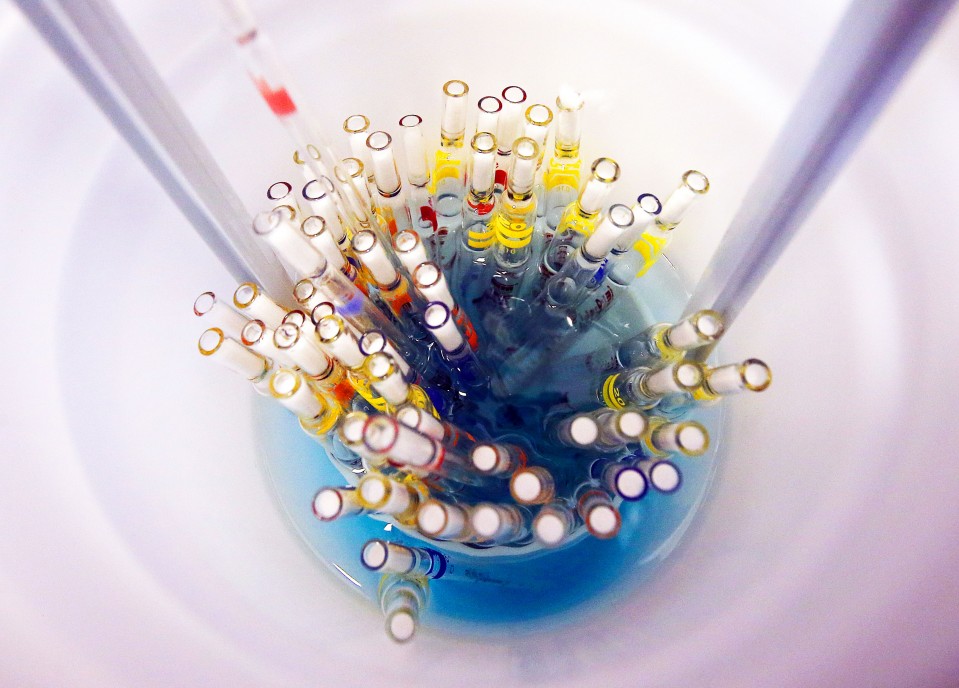

Biotechnology
Genome engineers made more than 13,000 CRISPR edits in a single cell
A team at George Church’s Harvard lab wants to redesign species with large-scale DNA changes.

Since its invention, CRISPR has let scientists introduce DNA changes at specific locations in a genome. Often these precise changes are made one at a time.
Perhaps not for much longer. A team at Harvard University says it has used the technique to make 13,200 genetic alterations to a single cell, a record for the gene-editing technology.
The group, led by gene technologist George Church, wants to rewrite genomes at a far larger scale than has currently been possible, something it says could ultimately lead to the “radical redesign” of species—even humans.
Large-scale gene editing of this sort has been tried before. In 2017, an Australian team led by Paul Thomas peppered the Y chromosome of mice with edits and succeeded in blasting it out of existence. That strategy is being eyed as a potential treatment for Down syndrome, a genetic disorder caused by an extra chromosome.
To set the new gene-editing record, team members Oscar Castanon and Cory Smith aimed CRISPR at a type of DNA sequence called a LINE-1, a mysterious repetitive element found littered across the human genome. These genetic elements, which are able to copy themselves, are estimated to account for about 17% of our genome.
Because CRISPR cuts open the double helix, making too many edits at once will kill a cell. This danger has limited past attempts at large-scale editing. Geoff Faulkner, of the University of Queensland in Australia, says in 2016 he tried knocking out LINE elements in 500 mouse embryos, hoping to see if this would affect mouse behavior. But no such mice survived to reproduce.
To avoid that problem, the Harvard team instead adapted a variation of CRISPR called a base editor that avoids cutting DNA and instead replaces one genetic letter with another—say, turning a C into a T.
According to their paper, posted in March to the preprint website BioRxiv, the team was able to make over 13,000 changes at once in some cells without destroying them.
“They found a way to do the experiment without causing gross genome-wide instability,” Faulkner says.
Other scientists were less impressed, saying the work isn’t the “enabling” step for large-scale genome editing it is advertised to be. Gaetan Burgio, of the Australian National University, called the idea that the technique will lead to a radical redesign of species “way exaggerated.”
Church, however, sees large-scale editing as a way to clean up genomes by removing the genetic junk they contain. In 2015, for example, the lab zapped all 62 copies of a retrovirus that lurks inside the genomes of pigs. Such viruses can reactivate, so creating pigs without them is a safety step toward pig-to-human organ transplants.
A company spun out of the lab, eGenesis , is already creating pigs with scores of edits so their organs can be tolerated by human transplant recipients.
Church says his eventual objective is to create supplies of human organs or tissues whose genomes are revised so they are immune to all viruses. That process, called recoding, would involve about 9,811 precise genetic modifications, according to the team. Church says the lab has started the process of recoding supplies of his own cells in the lab. “These are intended to be safe … and universal stem cells,” he says.